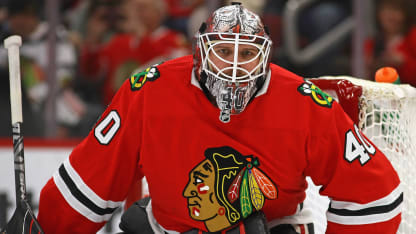Calgary Flames goalie Cam Talbot, who played four games with the Philadelphia Flyers last season, is on his fourth NHL team, and third in the past two seasons. He said having switched teams before can make the adjustment easier after being traded in-season.
"Some teams kill penalties a little bit differently, the D-men take way certain lanes, certain options on the ice, so it can take some time to get to know the systems," said Talbot, who was traded by the Edmonton Oilers to the Flyers prior to the 2019 NHL Trade Deadline. "I think the toughest thing is coming into a new room and not knowing anybody, not knowing their tendencies on the ice and stuff like that."
Dubnyk struggled after his first trade when he went from the Oilers to the Nashville Predators on Jan. 15, 2014. He played two games and had a 4.36 GAA and an .850 save percentage before signing with the Phoenix Coyotes on July 1, 2014, and was then traded to the Wild on Jan. 15, 2015. Dubnyk was more prepared for the change and had a 1.78 GAA and .936 save percentage in 39 games.
He said the biggest part of the learning curve was staying within his game and not trying to do too much to impress new teammates.
"Absolute perfect storm," Dubnyk said of the trade to Minnesota. "I came in, we were low in the standings, there was a lot of negativity and turmoil and I was like, 'This is bonus time for me.' No expectations, just any minute I got to play hockey I was excited. You start feeling good, and even when we started rolling and odds of us making the [Stanley Cup Playoffs] came up, I never thought about it. I still wasn't thinking about anything other than enjoying playing, and that's a pretty unique scenario."
Finding a seamless goaltending fit ahead of the deadline won't be easy, although the chances for success can be increased when a goalie's strengths and experiences are matched to the way the acquiring team plays.

